The name Meissen carries a rich legacy in the world of porcelain figurines. Renowned for their impeccable craftsmanship and artistic excellence, Meissen figurines have become coveted treasures for collectors worldwide. In this article, we will delve into the history, artistry, and enduring value of Meissen figurines.
A Glimpse into the History of Meissen
Meissen porcelain, often referred to as “white gold,” traces its origins to the early 18th century in Meissen, Germany. In 1708, Johann Friedrich Böttger, a talented alchemist, discovered the secret of producing hard-paste porcelain—a material previously only made in China. This groundbreaking discovery led to the establishment of the Royal Porcelain Factory in Meissen in 1710, making it Europe’s first porcelain manufactory.
Artistry and Craftsmanship
One of the defining characteristics of Meissen figurines is the extraordinary level of detail and artistry in their design and execution. Meissen’s artisans, including the famed modeler Johann Joachim Kaendler, were masters at creating intricate figurines that often depicted scenes from mythology, literature, or everyday life. These figurines were typically adorned with hand-painted details, vibrant colors, and intricate sculptural elements.
Meissen’s distinctive style evolved over the centuries, reflecting the prevailing artistic tastes of each era, from Baroque and Rococo to Neoclassical and Art Nouveau. This adaptability and artistic innovation have contributed to the enduring appeal of Meissen figurines.
Collecting Meissen Figurines: A Journey of Discovery
Collecting Meissen figurines is more than just acquiring exquisite porcelain; it’s a journey into the history of European decorative arts. Each piece tells a story, capturing the spirit of its time and the ingenuity of its creators. Meissen figurines come in a wide range of subjects, from elegant ladies and gallant gentlemen to mythological creatures and animals. This diversity allows collectors to explore different themes and periods within the Meissen tradition.
The Value of Meissen Figurines
The value of Meissen figurines is a reflection of their historical significance, artistic excellence, and rarity. Several factors influence the value of a Meissen figurine:
- Age: Antique Meissen figurines from the 18th and 19th centuries are often the most sought after and command higher prices due to their historical importance.
- Condition: The condition of a figurine is crucial. Pieces with minimal or no damage, such as chips or cracks, are more valuable.
- Rarity: Limited edition or discontinued figurines are typically more valuable because of their scarcity.
- Subject Matter: Certain themes or subjects may be more desirable to collectors, affecting a figurine’s value.
- Artist’s Signatures: Figurines signed by renowned Meissen artists, such as Kaendler, are highly prized.
- Provenance: A figurine with a well-documented history or connection to a famous collector may fetch a higher price.
Timeless Beauty of Meissen Figurines
Meissen figurines are more than collectibles; they are expressions of artistry and history. Their enduring value lies not only in their monetary worth but in the stories they tell and the emotions they evoke. Whether you are a seasoned collector or someone just discovering the world of Meissen, these figurines are a testament to the timeless beauty of porcelain artistry and the enduring legacy of craftsmanship that spans centuries. Owning a Meissen figurine is not just owning a piece of art; it’s owning a piece of history.
Partner:

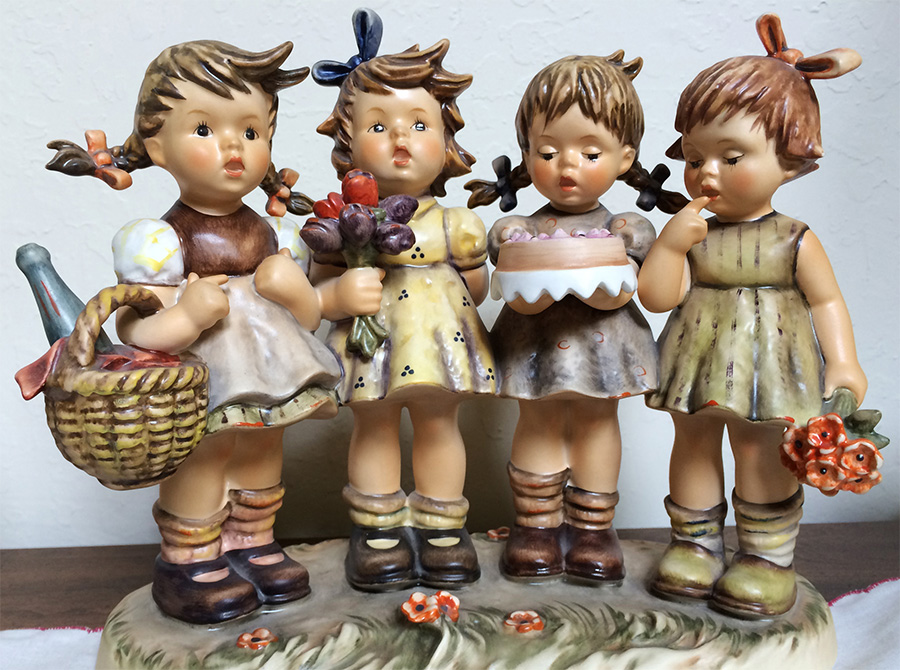
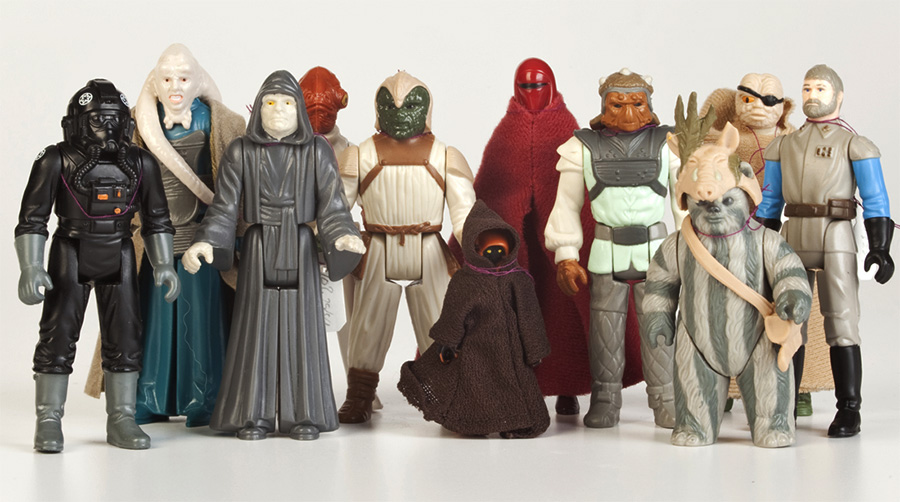
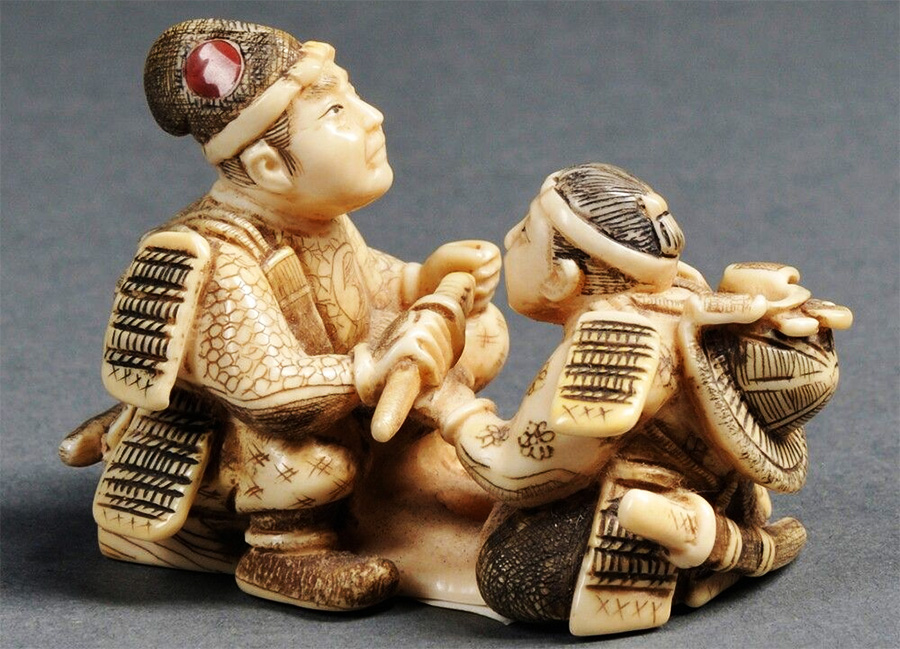
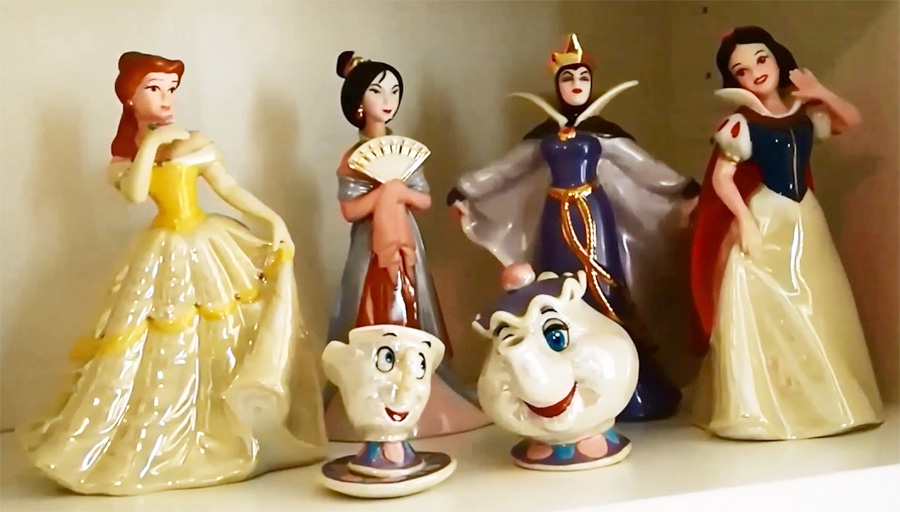
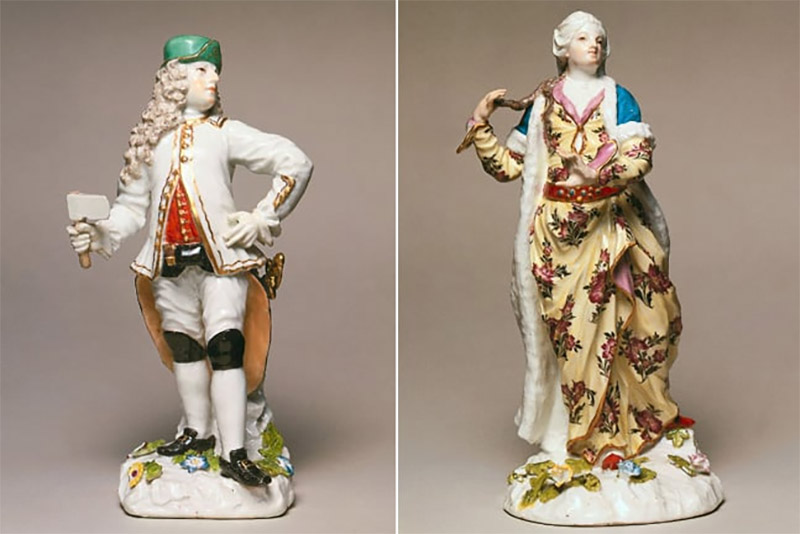
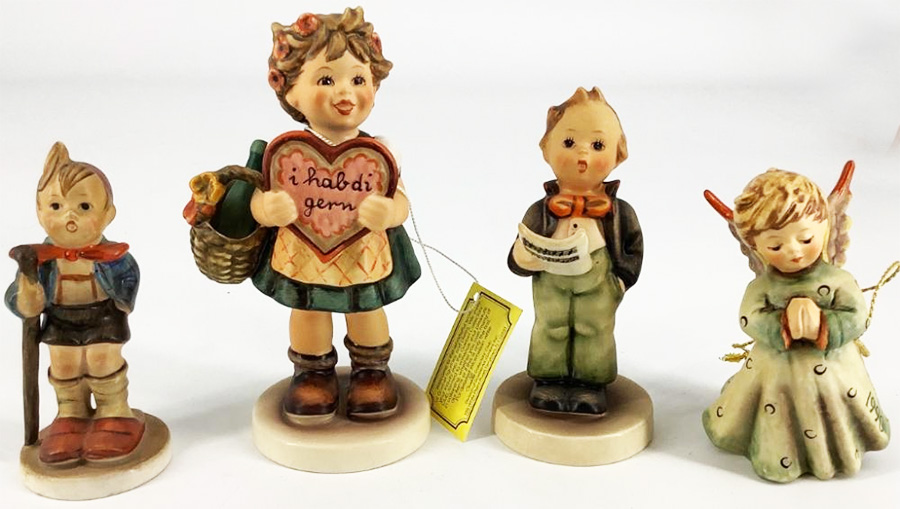

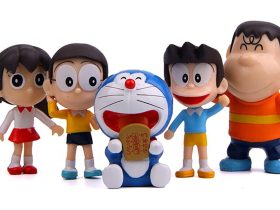
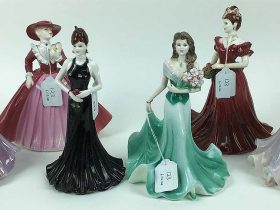
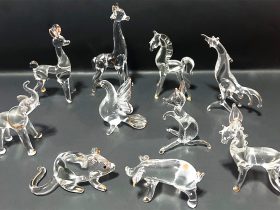
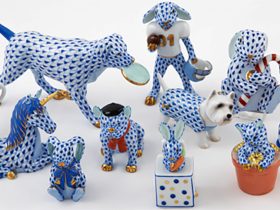
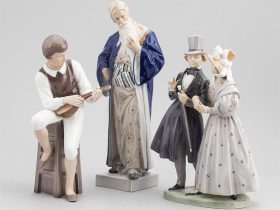

Leave a Reply